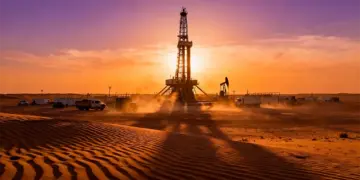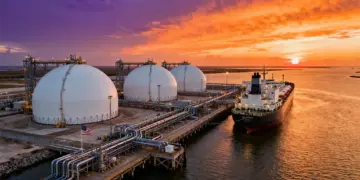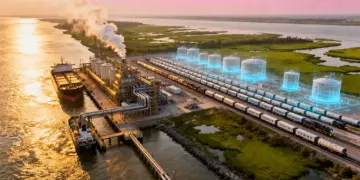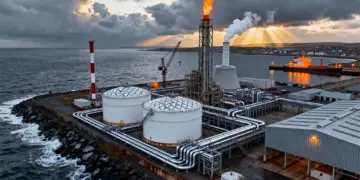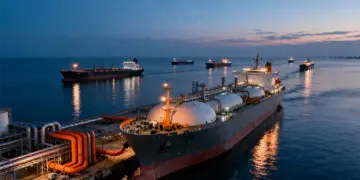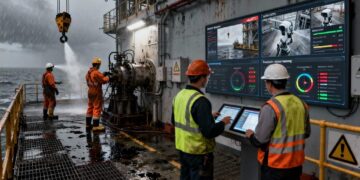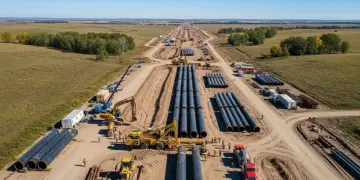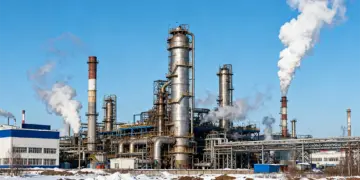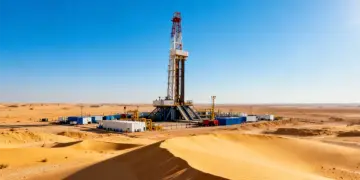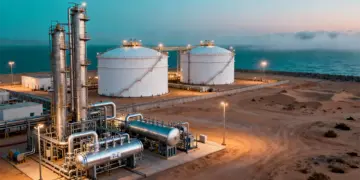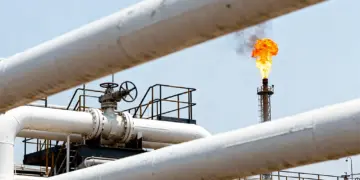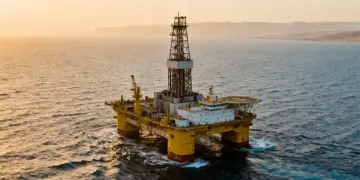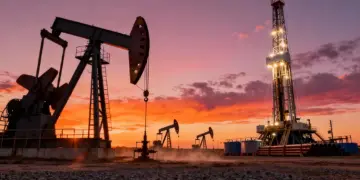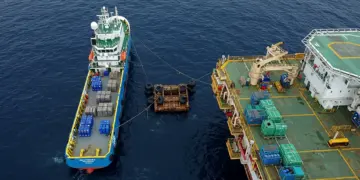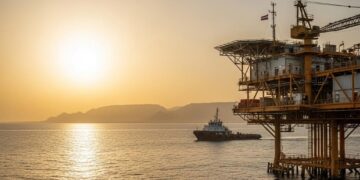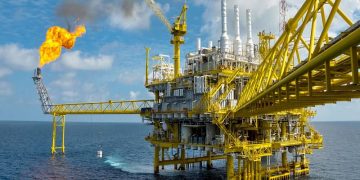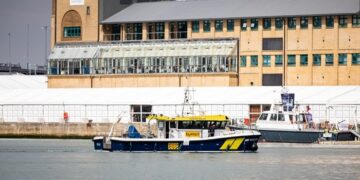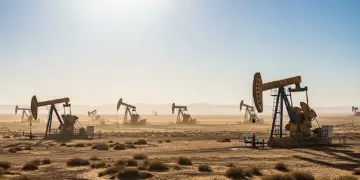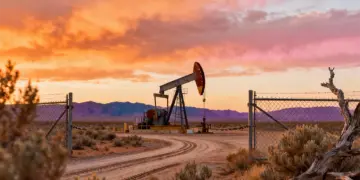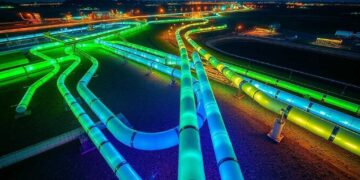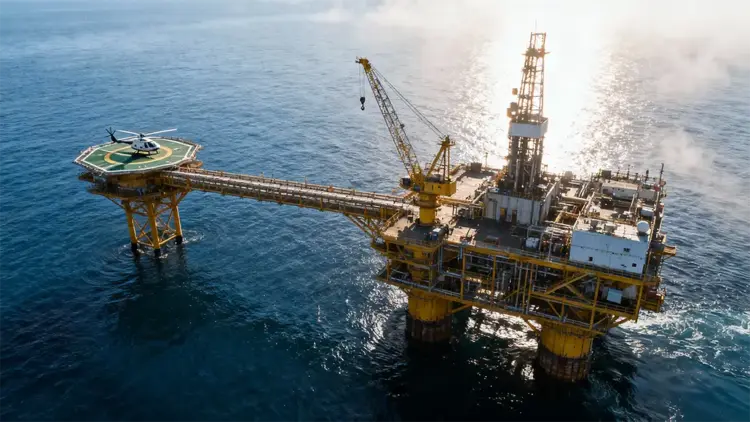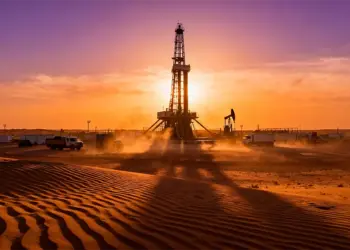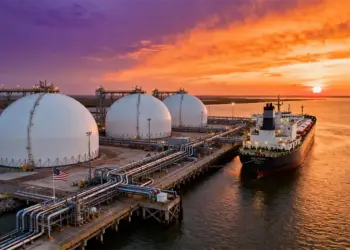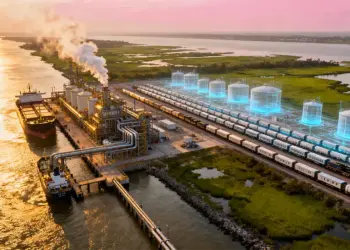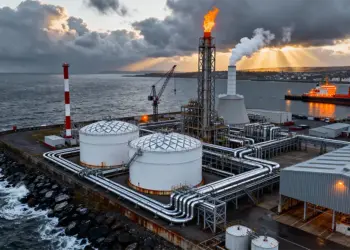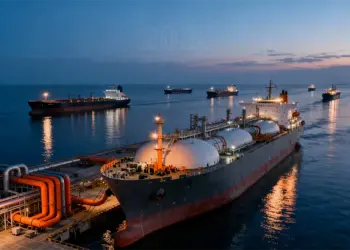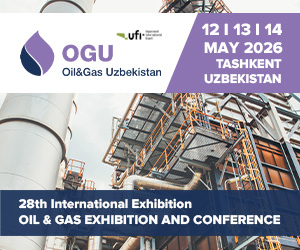The North Sea has gone on to become the site of a live policy experiment, highlighting a couple of dramatically varied approaches to the energy shift with profoundly different outcomes.
With Predictable oil & gas supply from Norway, the country is indeed committed to net zero, it does back further exploration, provides long-term regulatory certainty, and also cashes in on the phenomenal oil and gas revenues. The UK, also focused on net zero, happens to be quite actively driving away investors.
This kind of divergence occurs against a backdrop of global oil prices, with the Brent crude at $62.68 and WTI at $59.10 getting suppressed due to economic slowdown worries and also OPEC+ continuing its ramp-up of the production.
Still, beneath the bearish sentiment, the long-term requirement for hydrocarbon supply happens to be undeniable, underscored by the Secretary General of OPEC’s recent stark warning that the world needs to have $18.2 trillion in oil and gas investment so as to meet the future demand, which is indeed a message that is clearly taken well by Norway but ignored by the UK.
The Two North Seas
According to an energy specialist working with the Pareto, the Nordic-focused investment bank, Tom Erik Kristiansen, told the Telegraph that there happens to be a huge difference between the approaches of both nations, and it has gone on to become bigger in the past five years.
The fact is that in Norway, you have two or three of the biggest parties that have agreed not to touch the oil and gas industry. In the UK it happens to be much more party political.
Apparently, for decades, successive governments in Norway have gone on to support the oil and gas sector and the domestic supply chain, thereby acknowledging that they do create jobs as well as economic opportunities.
Predictable oil & gas supply from Norway unlike the UK, strongly support the oil and gas development as well as the exploration for undiscovered resources on its shelf, not just in the North Sea, but also across the Norwegian Sea and, along with it, the Arctic waters within the Barents Sea.
It is well to be noted that the Norwegian government has started to plan the 26th oil and gas licensing round in the little-explored frontier areas since the country looks to boost its exploration and resources to stem an anticipated decline within the production gamut from the early 2030s.
The fact is that in Norway, companies can get refunds of almost 71.8% of losses that are associated with exploration. The taxes in Norway happen to be pretty high; however, they have been this way ever since the 1990s, thereby offering the operators a long-term certainty.
This happens to be so unlike in the UK, where the tax regime has also changed every year since 2022 by Conservative and Labour governments, thereby making any investment plans unpredictable, so much so that companies are actually quitting the UK North Sea.
Since the Energy Profits Levy (EPL), or the windfall tax, was first introduced by the Conservative government at the height of the energy crisis in the year 2022, oil and gas companies that operate in the UK North Sea have been calling for certainty when it comes to the regulatory and tax framework. Recent changes within the policies, and apart from that, the rising taxes that are imposed by the present Labour government have driven away the operators, who opine that a dearth of North Sea investments would go ahead and make the UK more dependent when it comes to oil and gas imports.
Late in 2024, as Labour further went on to raise the windfall tax, it also eradicated the 29% investment allowance pertaining to oil and gas operations, thereby further stifling the UK North Sea investment.
The outcome after that has been an exodus of companies, a dip in production, and also a fall in exploration drilling.
As a matter of fact, because of the fiscal turmoil in recent years, 2025 is all set to become the first year ever since 1960 without having a single exploration well situated in the UK North Sea, as per Wood Mackenzie, the energy consultancy.
What does the future have in store?
The unpredictable regulatory and tax regime of the UK has already pushed the operators away from the UK North Sea.
At the end of 2024, Apache, the U.S. oil producer, said that it would cease the oil production at its assets based in the UK North Sea by the end of the decade, stating that the expected returns don’t economically support making investments that are needed as per the combined impact of the regulations.
In a major blow to the UK industry, Ineos Energy, in the summer of 2025, ended the UK investment after warning a few months before that the tax happens to be the most unstable fiscal regime across the world.
In December 2024, Brian Gilvary, chairman of Ineos Energy and also a former chief financial officer at BP, said that the UK’s present tax regime and its over-regulation, as well as the negative political attitude towards oil and gas, happen to be the barriers that would deter any investor at the moment.
Notably, the UK government has launched consultations on what kind of tax regime should come next and whether to award the licenses across the North Sea. Decisions are anticipated to come later this autumn.
OEUK, which happens to be the main offshore energy industries association, has urged the government to replace the Energy Profits Levy with a permanent profits-based tax system and also update the licensing rules so as to provide predictable access to the new resources, thereby making sure of infrastructure that is fully utilized and not decommissioned in a premature way.
It is worth noting that the loss of investment is indeed decreasing oil and gas production, which has plunged by 40% in the last five years and happens to be on track to halve again by the end of the decade, warns the OEUK.
Although the UK happens to be in a race against time so as to save its oil and gas sector as well as its industrial capabilities from demise, Norway is still relishing the higher oil and gas production as new fields come online.
However, the largest oil and gas producer of Western Europe – Norway isn’t complacent. It is aware that it requires more exploration as well as a new set of field developments so as to keep output at high levels while the world still requires it.
The present and past Norwegian governments have consistently bet on the oil and gas sector and the massive revenues it has raised for the country as well as its sovereign wealth fund, which is, by the way, the world’s largest. Government Pension Fund Global, commonly referred to as Norway’s oil fund, as it was created with oil and gas revenues, happens to have $2 trillion worth of assets and also holds on average 1.5% of all the listed companies in the world.
Terje Aasland, the Energy Minister of Norway, says the country wants to be a long-term supplier of oil and gas for Europe, whereas the Norwegian continental shelf is going to continue to create value and jobs for the country. He further announced the plans for a new licensing round.
Aasland said that they need new discoveries to make sure that Norway can still go on to remain a balanced and predictable supplier when it comes to oil and gas to Europe.

